


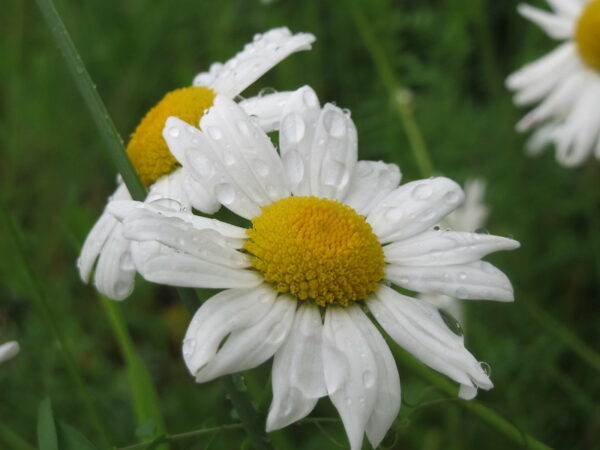
Early exposure to fluctuating water availability can alter a plants adaptability in later life stages but can also improve the plants’ performance under stressful or changing conditions. The findings are published in the British Ecological Society’s Journal of Ecology.
In a new study, published in the Journal of Ecology, researchers from Guizhou University and the University of Montana found fluctuating environmental conditions near the beginning of a plant’s life could alter its ability to respond to changing conditions down the line by altering its adaptive responses.
Previous studies have focused on how plants respond to environments within a certain developmental stage. However a plants life is continuous and spans many months or years, and its ability to adapt to new or changing environments may also change over time.
Shu Wang from Guizhou University and Ragan Callaway from the University of Montana studied the changes in plant plasticity, or the ability for an organism to change or adapt to its environment, on plants subjected to varying water availabilities at multiple stages within their life cycle. These changes in an organism’s ability to change under new, fluctuating, or stressful environments have been dubbed ‘plasticity in plasticity’.
The researchers studied a mix of native and exotic plant species from three different habitats subjected to either alternating drought and flooding conditions, or environments with a consistently moderate supply of water. The study was repeated over two stages within the plant’s life cycle to assess what effect changing water availability during early plant life had on plant plasticity later in life.
The author’s results provide direct evidence for changes in plant plasticity within their lifetime, which has previously been rarely addressed.
Early subjection to fluctuating water availability was found to not only alter plant plasticity in later life stages but can also improve the plants’ performance under stressful or changing conditions by changing its adaptive responses. In general, these plants experienced increased biomass and late growth, but different species can adopt different contrasting strategies to deal with the fluctuating environments.
Plants species native to environments with well-balanced water supplies initially suffered from decreased biomass immediately after subjection to environmental fluctuations but overcame this drop through increased growth later in life. Exotic species, however, experienced an immediate increase in biomass but did not undergo the same later growth spurt.
These results contribute to the understanding of many ecological and evolutionary problems and will have implications for important ecological issues such as habitat adaptation, species diversity and distribution and macroevolution.
Read the paper: Journal of Ecology
Article source: British Ecological Society
Image: Early exposure to fluctuating water availability can alter plant adaptability in later life stages in several studied species. Credit: Andreas Rockstein.
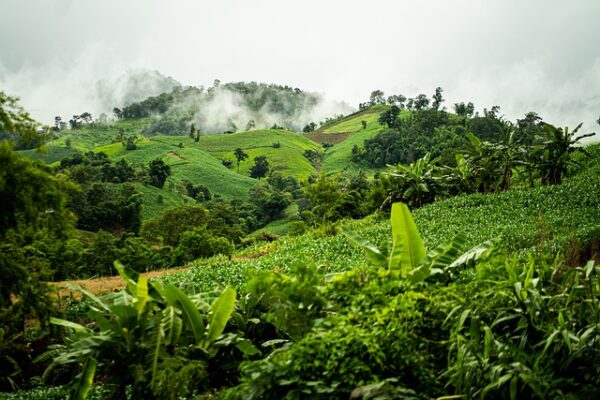
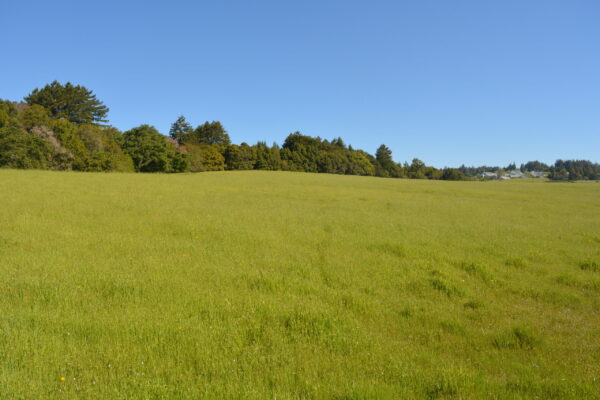
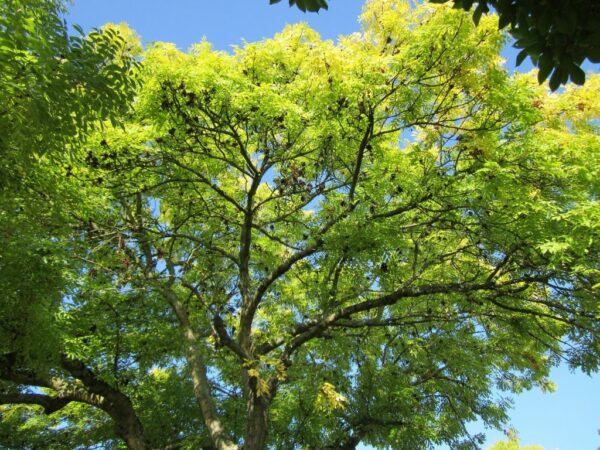


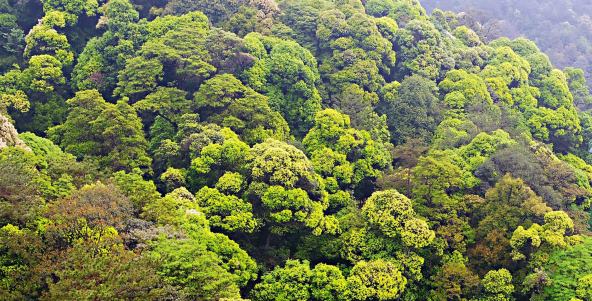
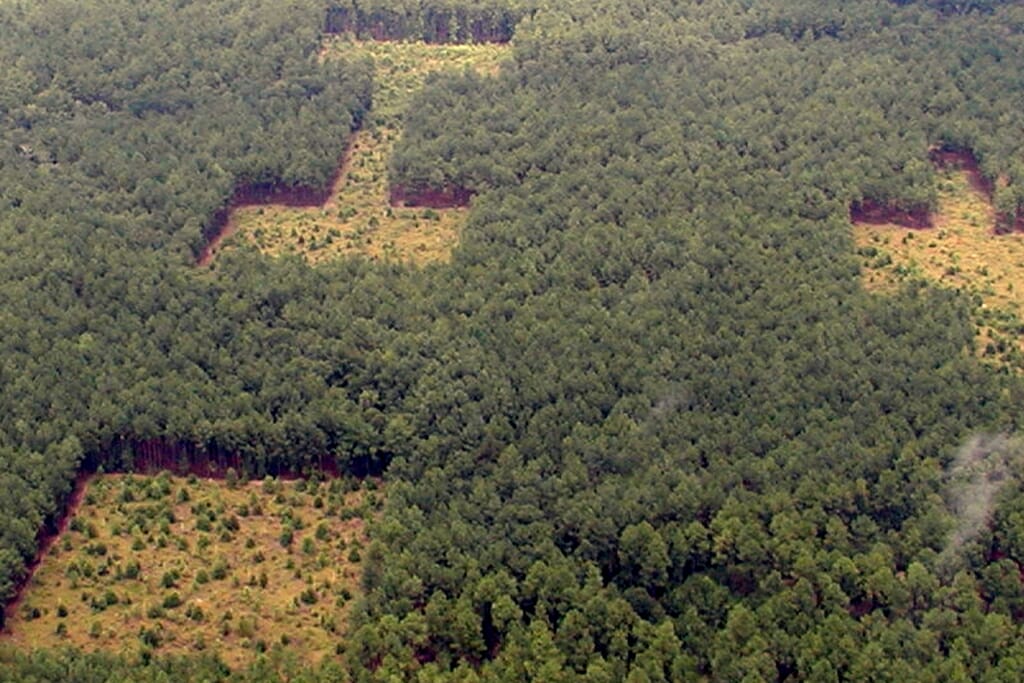
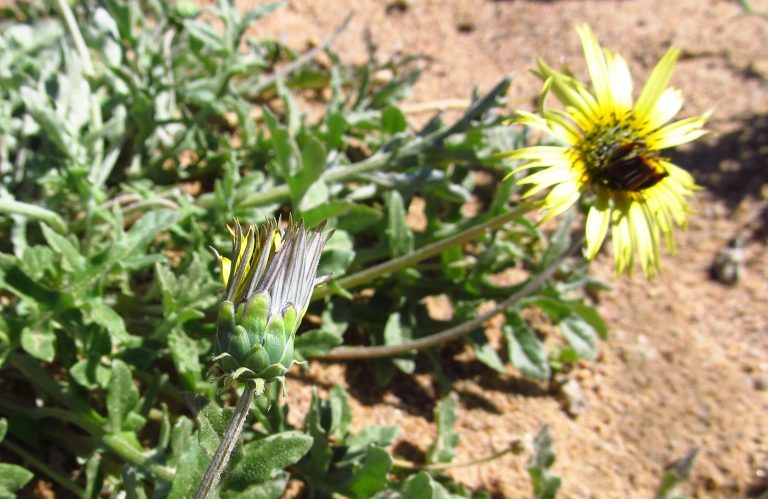
Species of daisy that close their flowers at night, produce colour in their exposed lower petals that makes them harder to spot for herbivores, reducing herbivory rates of flowers. The findings are presented in the British Ecological Society journal Functional Ecology.
Researchers from Stellenbosch University, South Africa found that tortoises, one of the main herbivores of the daisies, were unable to distinguish the lower petal surfaces against a green leaf background. Tortoises prefer to eat protein-rich flowers over leaves, but when confronted with closed flowers, they showed no preference between them.
When the researchers modelled the colours of the lower petal surfaces in the vision of other herbivores, they also found these colours to be indistinguishable from leaves.
In contrast, species of daisy that do not close at night produced the same colouration on their lower petals as the upper petals exposed to pollinators.
Plants face an evolutionary conflict between having flowers that attract pollinators while avoiding herbivores. Often plants defend themselves chemically, but this can have adverse effects on pollination.
“When plants defend their flowers chemically, the pollination interactions can be negatively influenced. Our study shows a novel way in which flowers can avoid herbivores, without compromising pollination interactions.
– says Dr. Jurene Kemp, lead author of the study.
“These flowers can potentially circumvent the conflict of attracting both pollinators and herbivores by producing attractive colours on the surfaces that are exposed to pollinators (when flowers are open) and cryptic colours that are exposed when herbivores are active (when flowers are closed).”
In Namaqualand, South Africa, where the research took place, daises bloom annually in a spring flowering. This makes preserving flowers, responsible for reproduction, particularly important.
The researchers examined the colouration of 77 Asteraceae species, modelling how they appear in the visual systems of chameleons, horses and goats as proxies for tortoises and larger herbivores in the area, like springbok. They then tested the preferences of real tortoises with both open and closed flowers against leaf backgrounds.
Not all Asteraceae species that close their flowers had cryptically coloured lower petal surfaces, but in the experiments, the tortoises did not readily eat these flowers. Dr. Kemp said, “One interesting question would be to test whether non-cryptic flowers have chemical defences, and whether these chemical defences are absent in the cryptic flowers.”
On further research Dr. Kemp said “Unfortunately, we could only do this using one plant family in one botanical region, it would be great to see if other plant species also use colour to avoid herbivores.”
The researchers would also have liked to use larger herbivores such as springboks in their behavioural experiments, but Dr. Kemp adds that “this was practically not possible.”
Read the paper: Functional Ecology
Article source: British Ecological society Press Office
Image: Jurene Kemp